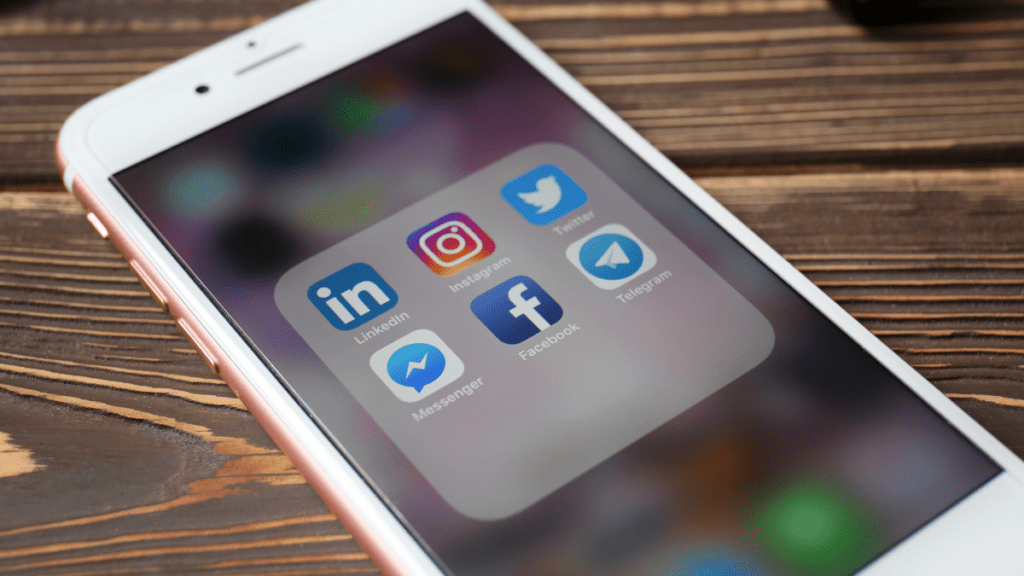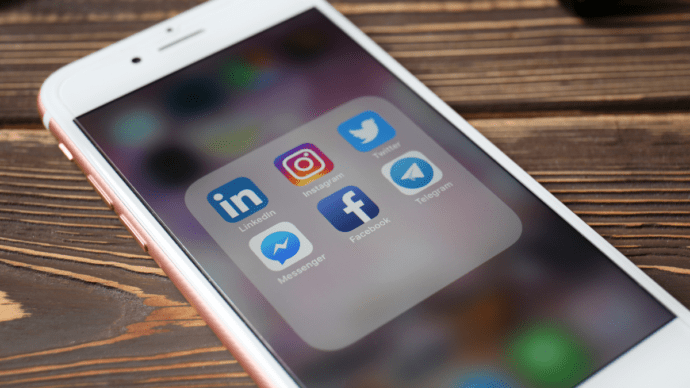Have you decided which social media platform will help you reach your client’s digital marketing goals? When setting up a new campaign for your client, knowing which platform to launch can be one of the biggest challenges.
Although Facebook and Linkedin share many similarities, their fundamental differences, like the types of digital advertising they offer and the target audiences available, could make or break your results. In the battle of Linkedin vs Facebook ads, which one should you choose to help you reach your goals?
Different Target Audiences – Personal or Business
Facebook is currently home to over 11 million users in Australia, a fraction of the 2.3 billion total users. Moreover, 98.5% of them access the platform via mobile devices like smartphones and tablets (without including the billions of Instagram or WhatsApp users).
No longer the domain of desktops, Facebook’s social network takes a personal approach to connecting people with other users. The main goal of Facebook is to encourage users to share their personal information, interests and whereabouts.
These audience factors make Facebook the perfect host for several products and services. Facebook gives advertisers various opportunities to share B2C (business to consumer) ads and digital content that cater to the personal aspect of a consumer’s life. These include beauty products, fashion, food, home loans and insurance.
Facebook User Targeting
Facebook ads can target users based on the following criteria:
- General Interests
- Liked Pages
- Important Life Events
- Demographics
- Location
- Buying History
- Education Level
- Industry
- Job Title
However, when it comes to targeting B2B (business to business) or professional audiences, Facebook often isn’t the ideal space. Unlike Linkedin, Facebook has information limitations regarding the accuracy of job titles, workplaces and industries. Many Facebook users don’t publicly display this information in their profile, making it nearly impossible to pursue an appropriate audience.
Since Linkedin relies on users publicly sharing professional details, it is the most well-positioned platform to advertise B2B products or services. Linkedin also allows advertisers to target users based on traits, education, job experience and company size, in addition to standard remarketing and lookalike audiences (people with similar characteristics to your existing customers).
One drawback is Linkedin has considerably fewer users than Facebook. There are currently only 875 million Linkedin members worldwide (though data from the Digital 2022 Global Overview Report suggests only 310 million active users). But only 12.7 million in Australia. However, with Linkedin being primarily B2B, the more substantial figure is the 57 million company profiles on Linkedin.
Linkedin User Targeting
Linkedin ads can target users based on the following criteria:
- Demographics
- Schools Attended
- Current employer
- Joined Linkedin groups
- Company names
- Industry
- Job title
Digital Ad Formats
Social media platforms offer a range of ad formats to help your client stand out to your audience more effectively. These ad formats are unique social media ad options suited to their interface and demographic. Social media advertising includes video advertising, carousel, and static image. Each advertising format can direct audience engagement towards your client’s products or services in different ways. Understanding these varying ad formats between platforms will help determine the type of digital advertising you want to harness.
Advertising on Facebook
Meta allows advertisers to offer a “collection” ad format, making displaying eCommerce products quick and easy. The collection ad includes a cover photo with a product selection underneath. Ads like these allow shoppers to browse and discover your client’s offerings.
Other Facebook Ad Formats:
- Static Image ads
- Video ads
- Instant Experiences
- Story ads
- Carousel ads
- Messenger ads
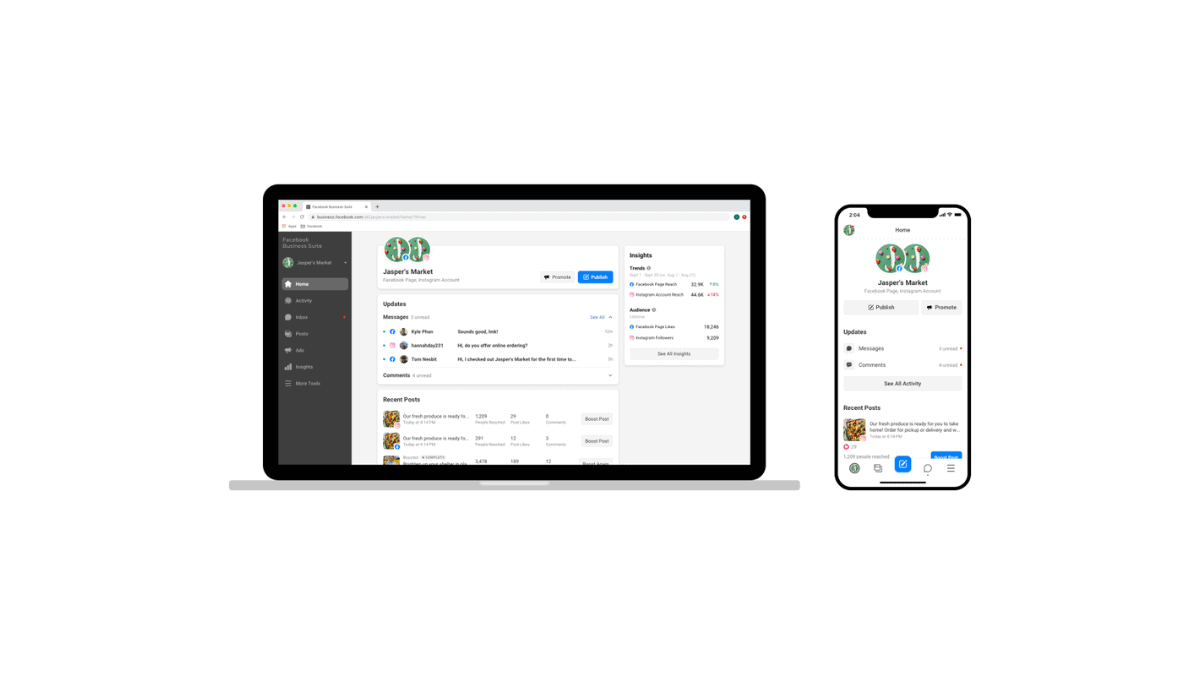
Advertising on Linkedin
Linkedin offers specialised formats to engage professionals, such as “sponsored messaging ads”. These digital email marketing ads allow advertisers to reach out to professionals with an extensive message. By doing so, we can introduce potential leads to their product or service offerings. Linkedin also offers Text Ads and Spotlight ads to help your client stand out.
Other Linkedin Ad Formats:
- Static Image ads
- Sponsored content
- Sponsored InMail
- Text ads
- Linkedin lead generation forms
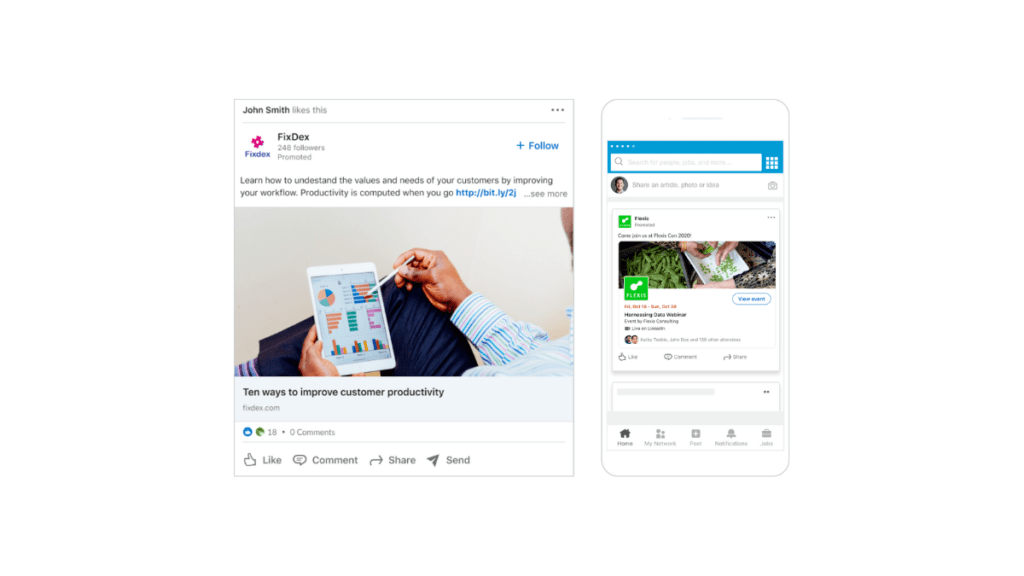
What’s The Cost?
While both platforms allow flexibility in choosing your budgets and how you set them up, the difference in CPC (cost-per-click) is often significant. In our experience, Facebook is significantly cheaper than Linkedin.
On average, the Yoghurt Digital biddable and paid media team see CPCs of less than $2 compared to Linkedin, which is typically over $25.
Although Facebook seemingly offers more bang for your buck, this isn’t necessarily the case for everyone. Linkedin may provide a higher quality return despite the cost of ads on Linkedin, depending on the product or service you’re advertising.
Analysing Ad Campaigns
Every business, brand, or agency will approach campaign analysis differently. Some will delve into great depth, while others will take a much broader approach. Our paid media experts use a range of analysis tools to assess how your ads are measuring up, helping you on your way to meeting your business goals.
Each digital platform, Facebook and Linkedin, offers a range of analytics and insights that leverage comprehensive data. These datasets and reporting platforms can inform current and future marketing campaigns and strategies.

Google Analytics
We recommend using one reporting platform as your primary source of truth to enable you to determine more accurately how your ads are performing against each other. Google Analytics is a great tool that allows you to monitor individual ads and campaign performance and cross-platform (and channel) performance so you can see how Facebook and Linkedin are really stacking up for your business.
Here’s how our specialists assess your ad performance through Google Analytics.
- Sales: Transaction volume, revenue performance, average order value
- Ads: Top-performing creative types and placements
- Video: Top-performing videos
- Cross-Channel: Conversion paths, assisted conversions
Facebook and Linkedin In-Platform Analytics
Using in-platform data can fill in the gaps in Google Analytics (e.g. for clicks or impression data) and help inform your optimisations. Facebook and Linkedin can also provide helpful information on who your audience is and how they’re being reached. This information includes age, location and placement options, and Linkedin can also include information on job title and seniority, to name a few.
Here’s how our specialists assess your ad performance through in-platform data.
- Reach: total reach, impressions, frequency
- Visits: ad clicks and landing page views
- People: audiences reached, demographics
- Leads: Volume, cost
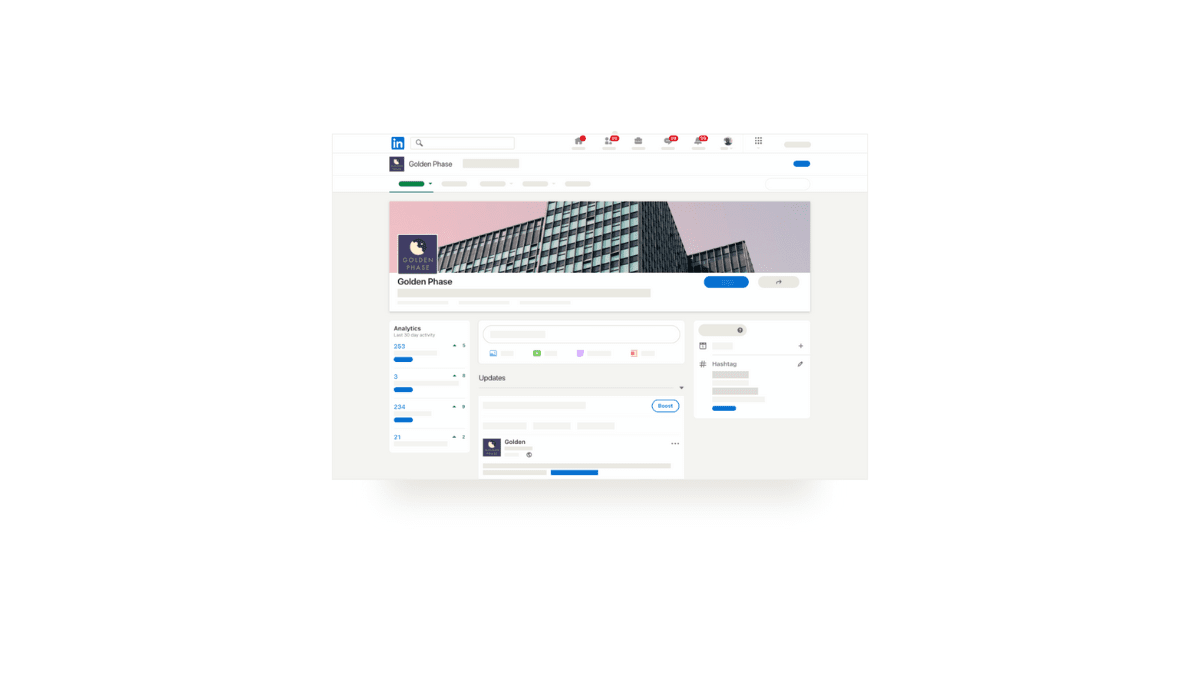
Making an Informed Decision
When you’re looking to launch across social media, taking note of your client’s ultimate goals is essential. Questions like who they’re trying to find and their budget will help you make the most informed decision.
Need help planning your social media strategy? Speak to one of our Facebook and Linkedin ads experts today.
